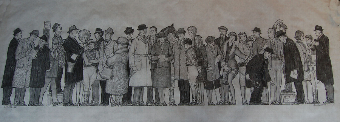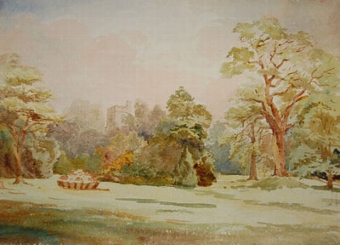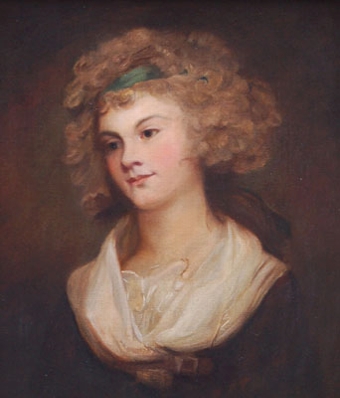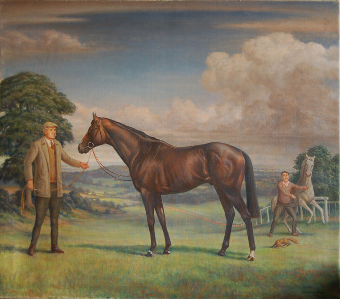The Trossachs and Breadalbane mark the spot where the Highlands and Lowlands meet. Much of this picturesque area lies within the boundaries of Loch Lomond and The Trossachs National Park. The Trossachs hills mark the dividing ?Highland Line? and, though its peaks may be humbler than those of its namesake, the Trossachs green uplands still dwarf the Lowland plain to the south.
The gateways to this startling landscape, rich in mythology and folklore, are the villages of Callander and Aberfoyle. Callander has an abundance of craft and woollen shops and the centre of the town cradles the memories and exploits of legendary Highland Rogue Rob Roy MacGregor, local hero and bandit.To the north of the town lies the less excitable, more tranquil hamlet of Balquhidder, where the churchyard containing Rob Roy?s grave can be found, etched with the stirring epitaph ?MacGregor Despite Them?. Above Aberfoyle the Queen Elizabeth Forest Park is a haven for walkers and trekkers, and the splendour of nearby Loch Katrine, the inspiration for Walter Scott?s Lady of the Lake and Rob Roy, can be enjoyed from the decks of the elegant Steam Ship Sir Walter Scott.
The Trossachs (Scottish Gaelic, Na Trosaichean) itself is a small woodland glen in the Stirling council area of Scotland. It lies between Ben An to the north and Ben Venue to the south, with Loch Katrine to the west and Loch Achray to the east. However, the name is used generally to refer to the wider area of wooded glens and braes with quiet lochs, lying to the east of Ben Lomond.
The scenic charms of this area came to popularity when Walter Scott extended his romantic portrayal of Scotland''s past from border ballads to poems of a medieval past rich in chivalry and symbolism, with his 1810 poem Lady of the Lake giving a roll call of Trossachs place names, the lady herself being found on Loch Katrine. This was followed up by his 1817 historical novel Rob Roy romanticising the outlaw cattle thief Raibert Ruadh born by Loch Katrine and buried at nearby Balquhidder. Scotland''s only lake, the Lake of Menteith, lies about 6 miles (10 km) to the south east of the glen, on the edge of the Trossachs area.
The effect of this romantic literature was to draw tourists to the area and make the Trossachs Hotel well known. Loch Katrine itself changed in 1859 when a dam was built at the eastern end and connecting aqueducts built to bring a new main water supply to Glasgow. Queen Victoria had a holiday house built overlooking the loch. A steamer service started, and the 1900 SS Sir Walter Scott is still going, giving visitors a delightful way to enjoy the scenery while adding to the picturesque view. The area is now in the Loch Lomond and the Trossachs National Park, remaining popular with walkers and cyclists, and for the motorist the winding roads have a certain charm.
Antiques.co.uk Ref: 2U8MG46E
- Materials:
- Oil on Canvas
- Width (cm):
- 76.20 x 127 (cm) (30 x 30 ins)












